A born-and-raised fair-chase bowhunter reflects on a recent Texas bowhunt for exotics and the realities of his first high-fence hunting experience.
It was the final afternoon of my Texas hunt at Lazy CK Ranch near Mountain Home, Texas. I’d gone into the hunt quite pessimistically, thinking that I’d easily take all the animals I was allowed to harvest. After a few days of bowhunting, though, I learned that “high fence” doesn’t mean “easy.” Now, I’d done well and taken an aoudad ram and a male rhea earlier in the hunt. However, I really wanted a blackbuck, and things were looking grim.
With nothing to lose, I nudged my guide and said, “What do you say we try to spot and stalk a blackbuck?” He agreed.
We soon spotted a broken-horned blackbuck bedded in the wide open just within bow range of an 8-foot-tall berm. I worked the crosswind and reached the berm undetected. As I eased up, I ranged the still-bedded blackbuck. He was right at the edge of my range. 63 yards. The crosswind’s unpredictable speeds made holding into the wind futile. I drew back four different times and let down each time because the wind was too random. Unfortunately, there was no getting closer.
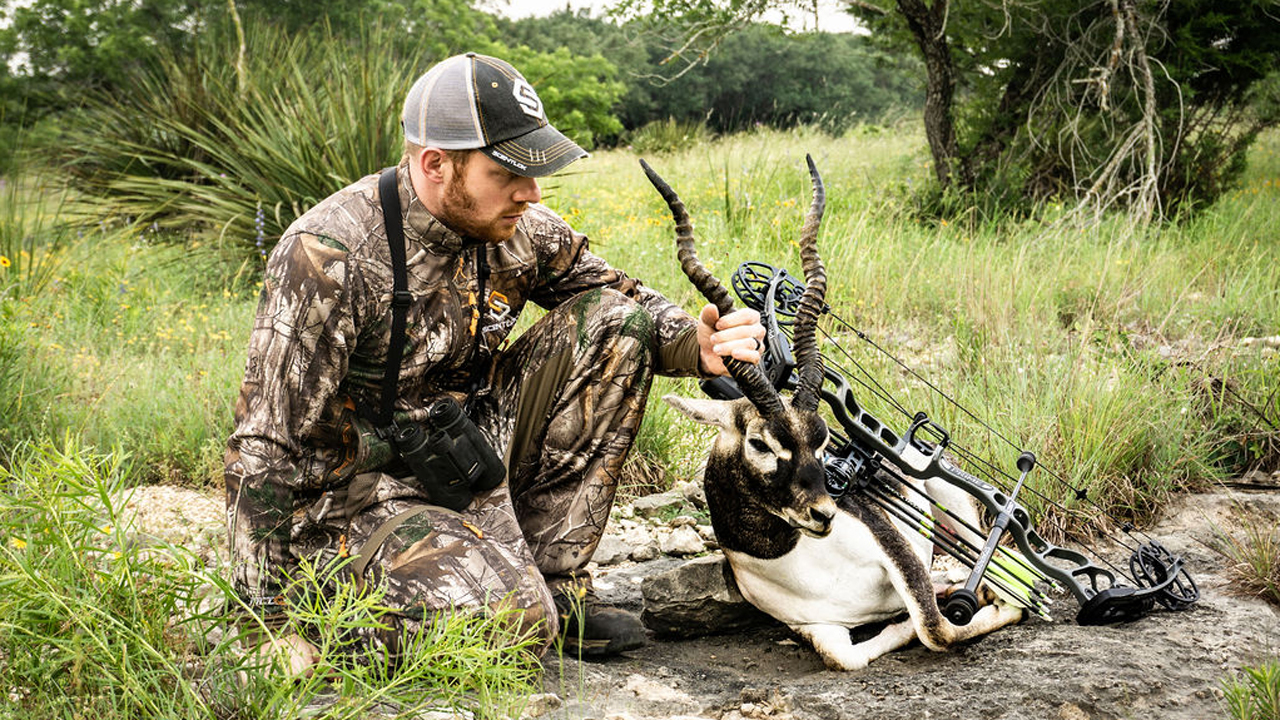
Bowhunting exotics – would you do it?
Finally, the fifth time I drew back, the crosswind settled and so did my pin. I increased pressure on my trigger, and my arrow flashed toward the bedded buck. It was a well-executed shot, but it zipped just over him, and he and two does left in a cloud of dust. I again learned that high-fence hunting isn’t easy pickin’s.
Not long after, my guide and I were idling along on a Kawasaki UTV when we simultaneously spotted a blackbuck. “That’s a really good one,” my guide, binoculars glued to his eyes, whispered. Indeed, it was. A few white-tailed does and one blackbuck doe added difficulty to the situation, but we parked the UTV out of sight and then tiptoed toward the feeding buck, wind in our face.
Eventually, the whitetails spotted us and spooked, but the blackbuck and his doe, still 200 yards off, couldn’t pinpoint the danger, so they just started walking. We watched them for a few moments when my guide suddenly said, “They’re coming right at us!” I’d already given my guide my rangefinder, so I hooked up my release and drew back when the bounding blackbucks disappeared behind oak trees.
Out they came, and we both grunted to stop the male for a 15-yard, but he didn’t skip a beat — he sailed right past us. Finally, he stopped at the edge of a bowl, and my guided said, “48 yards!” I had no shot, but he had a clear view, so I quickly adjusted my sight, back peddled two steps, and then went to my knees. My view was tight, but just large enough to ethically thread an arrow to the buck. I drew back, settled my pin low on the quartering buck and squeezed the trigger.
I heard the Rage Trypan’s blades open, and even though the buck hit 50 or 60 miles per hour within seconds, we both saw blood pumping out and knew we’d be recovering the handsome buck. High fives and wide grins followed.
We gave him some time and then went searching for blood, which took us about 10 minutes to find in the debacle of Texas flora. The blood trail took us across a few hundred yards of terrain, and when I spotted the lifeless buck, I became speechless, for he is the most stunning animal I’ve ever taken.
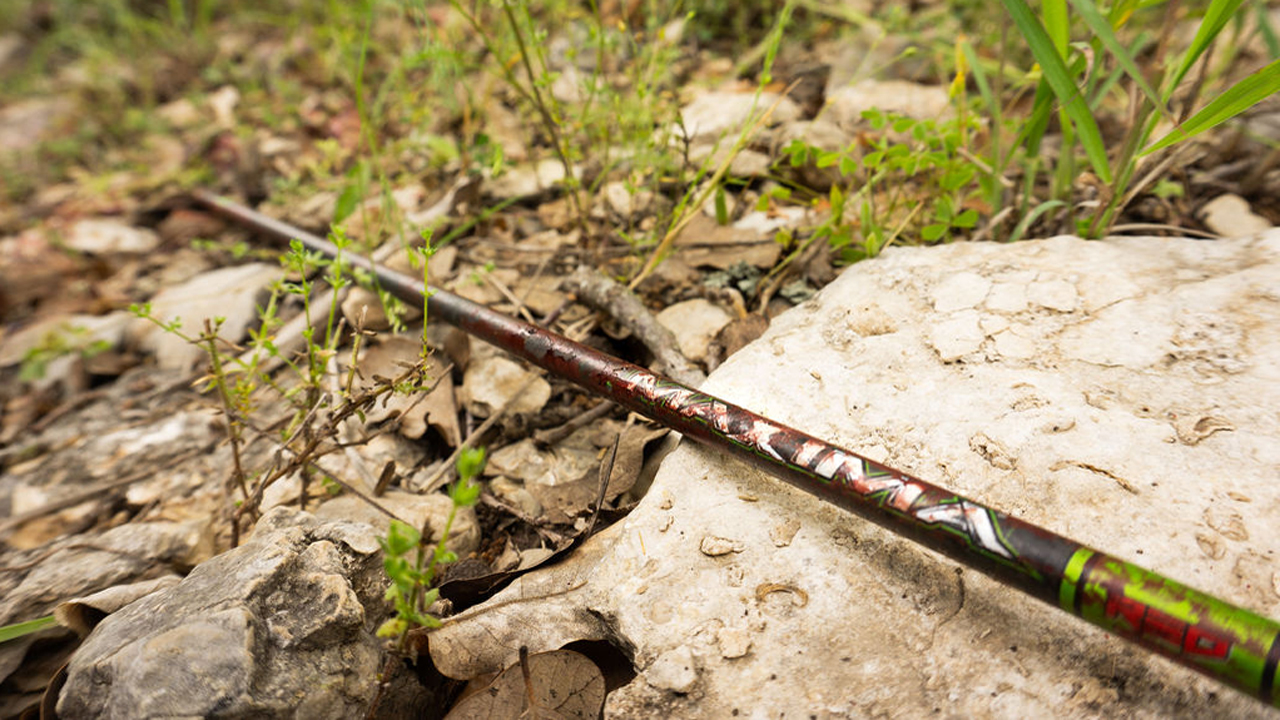
Bowhunting exotics makes for the ideal off-season pursuit to keep your skills sharp.
The Truth About Exotics
Being a DIY bowhunter and conducting the lion’s share of my hunting on public land, I went into this Texas bowhunt somewhat skeptical and definitely unsure of what to expect since I hadn’t previously done any hunts that weren’t 100 percent fair chase. In fact, when my industry friend Tim Kent invited me on the hunt, I didn’t jump all in. I told him I’d think about it and get back to him within a few days. I was afraid it would be a “canned” hunt.
Fortunately, I decided to go, mostly the result of my wife coaxing me to take advantage of the opportunity. And as I geared up for the hunt, I had the mindset that, even if the hunt itself was easy, I’d be bringing home some responsibly-raised and -harvested meat — not such a bad proposition.
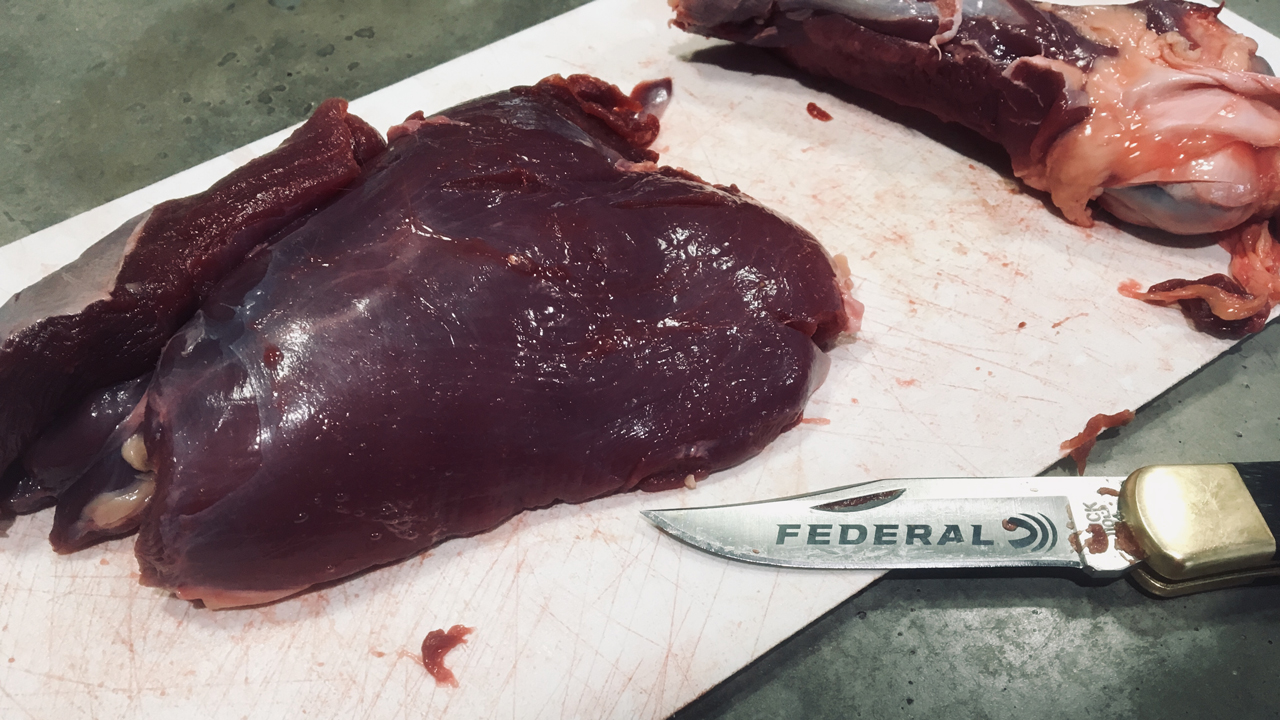
Hunting exotics can be a great way to put meat in the freezer during the off-season.
Now, if you’ve been considering a hunt for exotics, understand that most opportunities in Texas are on high-fenced ranches. Of course, there are fair-chase hunts out there for aoudad and axis deer in select places, but that is a far different experience where you won’t likely encounter an entire spread of exotic species. With that being the case, let’s talk about high fences and their realities.
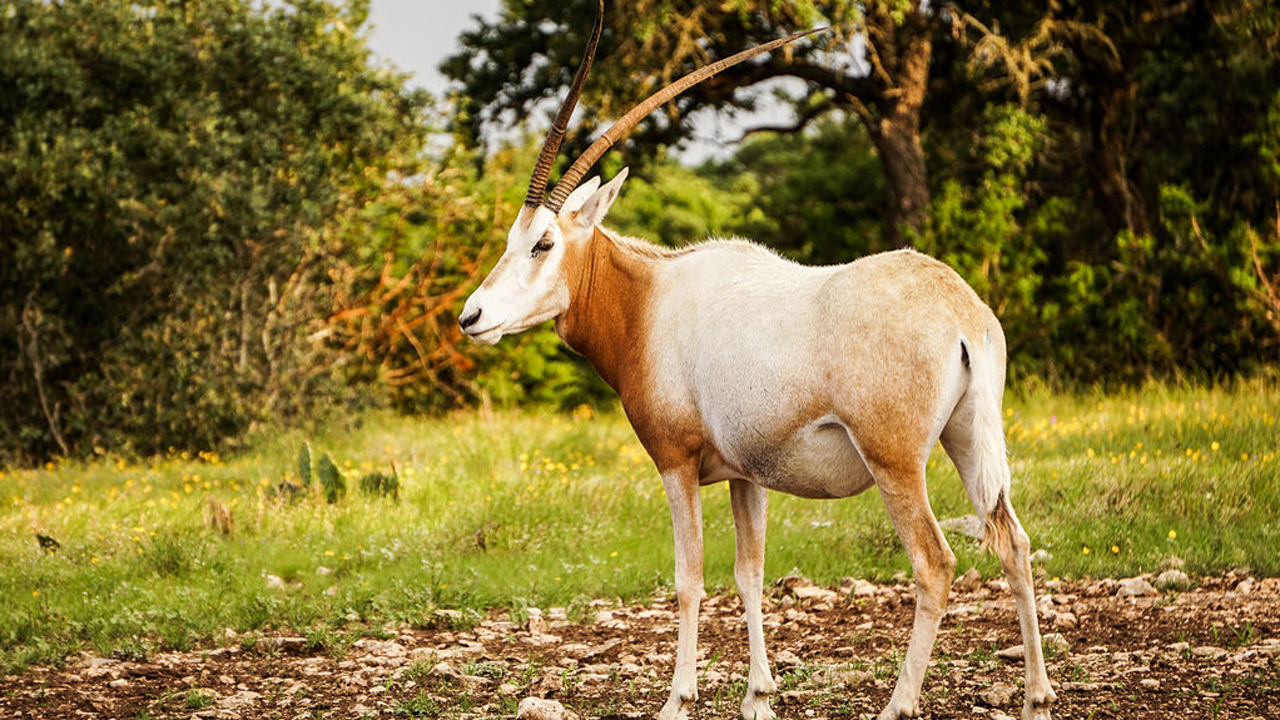
A bowhunt for exotics is a camera-friendly adventure. It isn’t every day you get to see an oryx.
Pens and High Fences
Now that I’ve completed the hunt, it’s interesting to compare reality with my false pre-hunt perceptions. You see, my hunt unfolded on a 7,000-acre ranch. It’s not at all the “pen” hunt that most think of when the high-fence topic arises. Consider: most 100-percent-fair-chase animals live their entire lives within a much smaller area than 7,000 acres. In other words, the high fence isn’t there to make the exotics easy to kill. It’s there to keep expensive species on the ranch that imported them.
Interestingly, one of the ranch workers shared that a mountain lion had been spotted on the ranch several weeks earlier. Foxes, bobcats and coyotes also roam the ranch. Yes, animals within a high fence are still subject to wild predators that get in.
Everyone has their own ideas of what hunting is, and while I respect those who’re unwilling to try a high-fence hunt, I can’t agree with anyone who claims that high-fence hunting is the same as “pen” hunting. It’s not. We didn’t corner any of the game we shot or walk right up to it in the wide open. Our group hunted very hard for our shot opportunities. We didn’t even harvest all of the animals on our take list. In fact, one gentleman in our group who’s hunted all over the US even went home empty-handed.
The Feeder Issue
Texas and feeders are like the South and sweet tea — a package deal. I know many folks are against hunting over feeders, and here again, I respect that totally. But, here’s my outlook on feeders: They don’t guarantee success or somehow make hunting “easy.” At all. Again, our crew used a mix of tactics to harvest game, and we didn’t fill our quota. It was still hunting by every literally stretch of the meaning.
The point I like about feeders is that when a target animal does visit one, it usually offers a high-percentage shot at top-pin range. Bowhunting is extremely difficult, and getting a slam-dunk shot opportunity like that increases the likelihood of making a quick, humane kill.
Now, I don’t blame you if you can’t jump on the feeder bandwagon. However, many ranches will accommodate you if you want to try spotting and stalking like I did to get my blackbuck. Not only is it a more active hunt, but it’s great practice for fall hunting, too. And, since feeders aren’t a guarantee, stalking might be the tactic that lands you a shot at a species you really want to take, my blackbuck, again, being an excellent case in point.
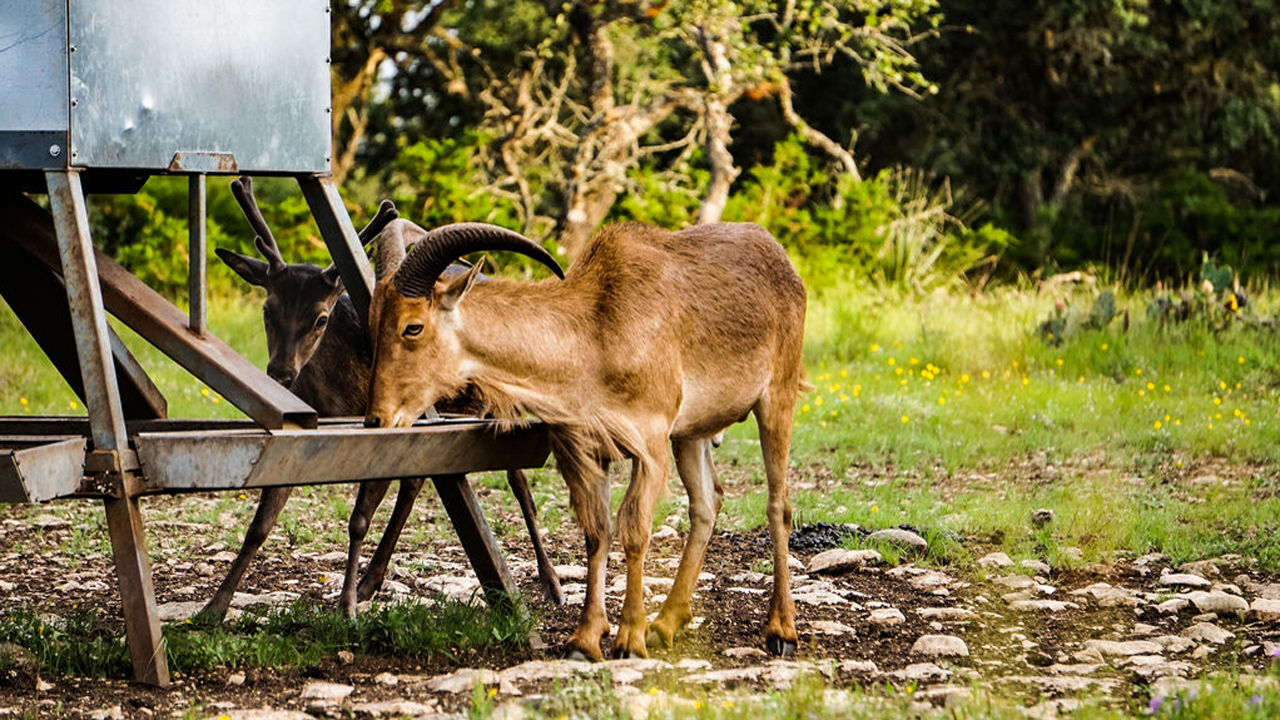
If you hunt for exotics in Texas, you’ll likely be guarding a feeder. If you can’t jump on the feeder bandwagon, look for an outfitter that offers spot-and-stalk hunting opportunities.
Would You Bowhunt Exotics?
Now that we’ve discussed debatable points related to bowhunting exotics in Texas, you must decide for yourself. Would you hunt exotics? Ponder that question, and don’t answer too quickly if you’ve never done it before.
Would I do another exotic bowhunt? Well, it isn’t on my bucket list or anything like that, but yes, I would. Now, if I was offered a whitetail hunt within a high-fence, I’d pass because I can hunt them to my heart’s content under 100-percent-fair-chase conditions all across the map. I can’t say that about exotics.
Leave a comment below and let us know if you’d jump at the chance to bowhunt exotics.

 By
By 



